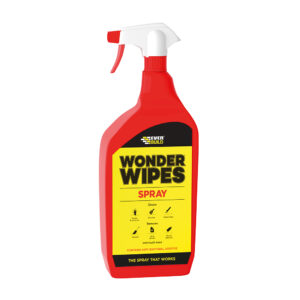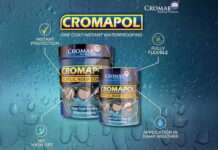Sealant is frequently a valuable tool for almost anyone working in the construction industry. However, the same properties that make it useful – its resilience, waterproof nature in many cases, high levels of adherence, and low profile – make it exceptionally difficult to remove once it has been fully cured. This article will explain how to remove old sealants of various kinds.
The first thing to do is identify what kind of sealant it is. There are several major types. Silicone sealant is made using the polymer silicone for instance. Some sealants are more flexible than others. A sealant might be low modulus, meaning very compressible. Expanding foams have different properties as well.
Removing Silicone Sealants
Silicone is traditionally one of the hardest materials to remove, especially if it’s a low modulus silicone. Its molecular structure is a series of interlacing chains that are rock solid when cured. However, silicone spillovers can be removed with specialist options.
You will need:
- Safety Gloves and Safety Goggles
- Wonder Wipes or Wonder Wipe Spray and paper towels
- Utility Knife (for larger blocks)
Use the wonder wipes or apply the spray to the silicone before wiping it down with paper towels. If the silicone is a large clump instead of a flat stain, start using a utility knife to very carefully cut it free from any surrounding walls and then work it free from the surface by cutting. Use Wonder Wipes or Wonder Wipe spray to remove the remains. You may want to use a power washer to scour silicone if it gets on something like a patio stone.
Removing Expanding Foam
Expanding foam isn’t just obtrusive when it spills over, it also looks awful. But there are ways of addressing it despite the surface.
You will need:
- Safety Gloves and Safety Goggles
- Acetone or Nail polish remover (if the substrate is neither wood nor plastic)
- Utility Knife
- Sandpaper
- Cleaning Cloth
For getting it off hard surfaces like metal, you should cut the foam open with the knife by slicing off the top layer. Then put some acetone on the foam to dissolve it. After 15 minutes it should be heavily reduced and you can wipe what’s left away.
If the expanding foam is on plastic and wood using solvents like acetone and nail polish remover might not be the right tactic. Instead, you should cut away with the utility knife and then sandpaper down the foam until it is only barely above the wood. You can then revarnish the door to hide what’s left.








